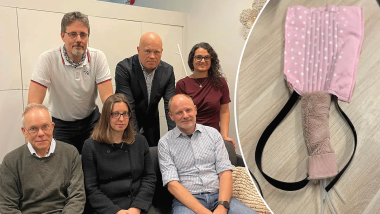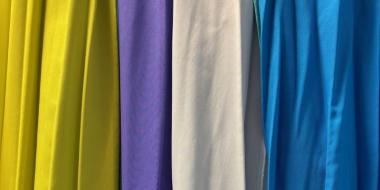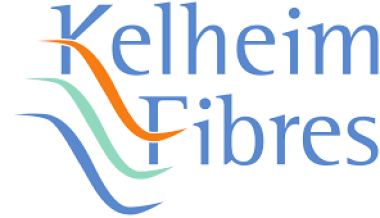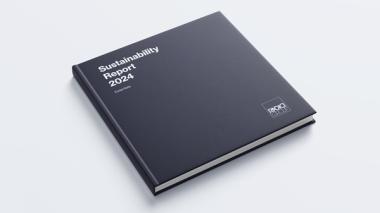Textile nerves – a new thread in the future of wearable electronics
What if your clothes could sense, respond, and even help you move? That’s the vision behind the doctoral project on “textile nerves” – conductive fibres designed for electronic and ionotronic textiles. Claude Huniade, who is behind an innovative project, has woven together chemistry, mechanics, and sustainability to rethink how textiles and electronics can merge.
The project had two main aims: first, to replace metals with alternative conductive materials like electronically conductive carbons, doped conducting polymers, and ionically conductive mediums; second, to lay the cornerstone for scalable production and realistic characterisation of textile nerves – especially for use in textile muscles. All of this was approached from a textile manufacturing standpoint, ensuring compatibility with weaving looms and knitting machines.
Improved properties to textile fibres
Among the most striking findings was the use of ionic liquids – liquids that are comprised entirely of ions – as electrical conductors in textiles. When applied to commercial fibres, they improved flexibility and stretchability, resulting in fabrics that were not just soft, but “conformal”, meaning they adapt closely to the body’s shape and movement.
“Our modern society has been shaped by textiles and electronics. When we think of the greatest example of an electronic device, a computer, it had at a point in time helped to bring the first men to the Moon in Apollo 11. Now, ionotronics – where electric currents are controlled by ions – open new doors for interfacing with biological systems like the human nervous system”, explained Claude Huniade.
Though these materials may not match metals in conductivity, their softness makes them ideal for wearable devices. The result? Electronics that feel more like clothing – and less like hardware.
“The potential uses are vast: bioelectrodes, sensors, heaters, lights, even textile-based batteries. But the most transformative application may be in rehabilitation – textile muscles could enable more accessible exoskeletons and prosthetics, giving people greater autonomy and mobility”, he said.
Sustainability at the core
This research aligns with the UN’s Sustainable Development Goal 12: Responsible Consumption and Production. By avoiding metals and embracing green chemistry principles, the project offers a more sustainable path forward for two of the world’s most waste-intensive industries combined – textiles and electronics.
What will be your next step after the dissertation?
“I will take a well-deserved break! I have a new project already in the works; all I will say is that it involves textile muscle fibres innervated by ionofibres.”
Link to dissertation
conductive fibres wearables wearable electronics Swedish School of Textiles University of Borås PhD
Swedish School of Textiles, University of Borås






























